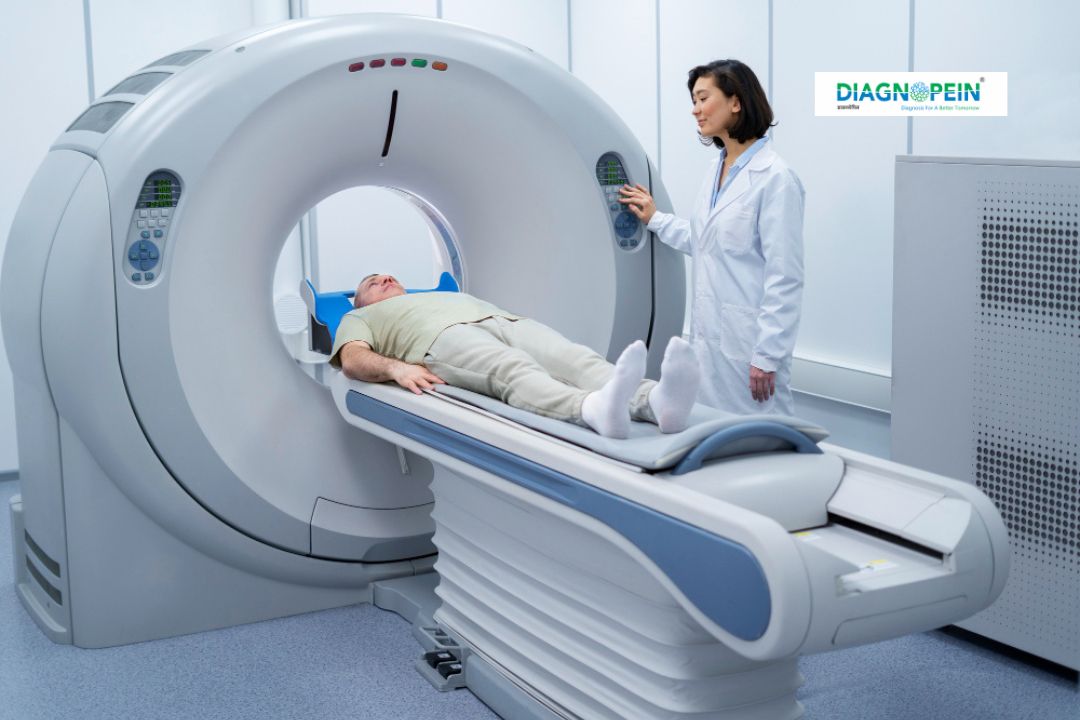Why MRI Anus Scan is Important
The anus and rectal area are complex structures with multiple muscle layers and tissues that are difficult to visualize using standard tests. An MRI Anus Scan provides precise, detailed, and clear images that help doctors make accurate diagnoses.
Key reasons why this scan is important:
-
Detects anal fistula tracts and abscesses with high accuracy.
-
Identifies rectal and anal cancers in early stages.
-
Helps plan and monitor post-operative recovery.
-
Assists in assessing inflammatory bowel diseases like Crohn's disease.
-
Evaluates pain, bleeding, or infection that other exams cannot explain.
Through early and precise imaging, MRI Anus Scan supports better treatment outcomes and reduces the risk of surgical complications.
Benefits of MRI Anus Scan
MRI Anus Scan offers several diagnostic advantages compared to other imaging modalities.
-
Non-invasive and painless: No instruments are inserted into the body.
-
No radiation exposure: Ideal for patients requiring multiple follow-ups.
-
High-resolution imaging: Provides clear differentiation of soft tissues.
-
Comprehensive assessment: Detects subtle abnormalities and tracks disease progress.
-
Improved surgical planning: Surgeons can visualize exact locations of fistulas, abscesses, or tumors for accurate intervention.
This test is essential for individuals experiencing chronic anal pain, recurrent infections, or for those preparing for colorectal surgery.
How MRI Anus Scan is Done
The MRI Anus procedure is simple, safe, and generally takes 30–45 minutes.
Steps involved:
-
Preparation: You may be asked to avoid eating for 4–6 hours before the scan. Inform your doctor about any metal implants or pacemaker.
-
Positioning: You will lie on an MRI table; a small coil is placed near the anal region to enhance image quality.
-
During the scan: The MRI machine creates magnetic fields and radio waves to produce detailed images. You may hear some tapping or knocking sounds during the scan.
-
After the procedure: Normal activities can be resumed immediately unless sedation or contrast dye was used.
Some MRI Anus scans may involve contrast enhancement (Gadolinium dye) to highlight abnormal tissues more clearly, based on your doctor’s recommendation.
Parameters and Findings in MRI Anus Scan
MRI provides detailed anatomical and pathological information, including:
-
Anal sphincter muscle integrity
-
Abscess or fluid collection near anal canal
-
Fistula tract path and external openings
-
Tumor size, location, and extent of invasion
-
Presence of inflammatory changes or fibrosis
-
Post-surgical and post-radiation tissue evaluation
Radiologists review these parameters to prepare a comprehensive MRI Anus report that guides further clinical management.
When You Should Get an MRI Anus Scan
Doctors usually recommend this scan for:
-
Anal or rectal pain without clear cause
-
Persistent bleeding or discharge
-
Recurrent abscesses or fistulas
-
Post-surgical follow-up
-
Suspected anal carcinoma
-
Crohn’s disease with perianal involvement
Prompt testing ensures timely treatment and prevents complications.
Why Choose Diagnopein for MRI Anus Scan
Diagnopein provides accurate and advanced diagnostic imaging using high-field MRI systems. Patients benefit from:
-
Expert radiologists specialized in anorectal imaging
-
Fast scan appointments and digital reporting
-
Comfortable, patient-friendly MRI environment
-
Affordable pricing with assured quality
We focus on accurate results, faster turnaround, and compassionate care for every patient.









